A new book captures how genetics fills in the story of life’s evolution
In Some Assembly Required, paleontologist Neil Shubin explores how genetic analyses complement paleontological research.
Every print subscription comes with full digital access

As private companies launch dozens of satellites at a time, researchers are assessing the impact on ground-based telescopes.
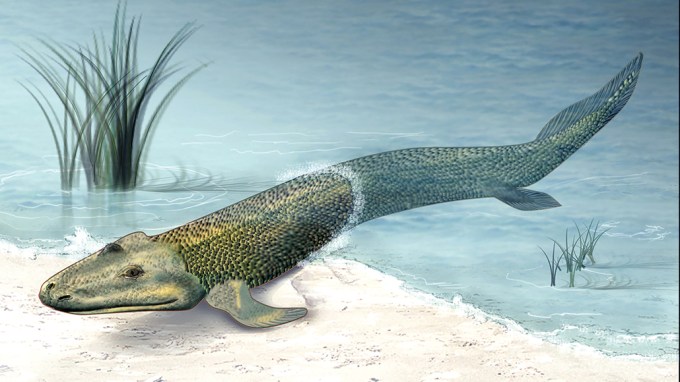
In Some Assembly Required, paleontologist Neil Shubin explores how genetic analyses complement paleontological research.
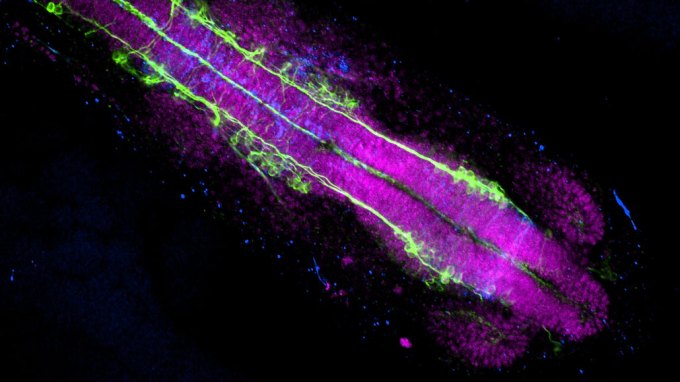
The fish’s embryos can enter a state of suspended growth to survive dry spells. A study shows that state protects them from aging, and hints at how.
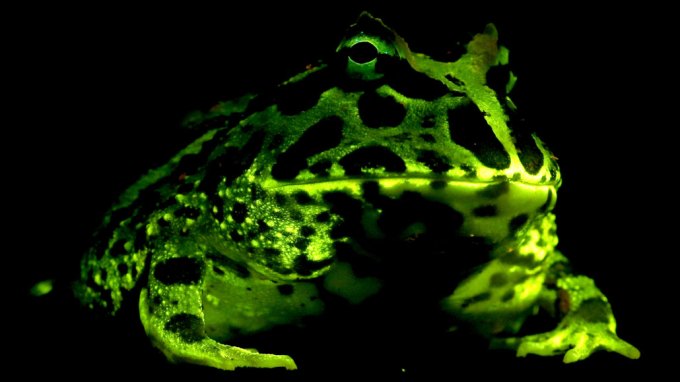
A widespread ability to glow in striking greens, yellows and oranges could make amphibians easier to track down in the wild.

Scientists and journalists share a core belief in questioning, observing and verifying to reach the truth. Science News reports on crucial research and discovery across science disciplines. We need your financial support to make it happen – every contribution makes a difference.
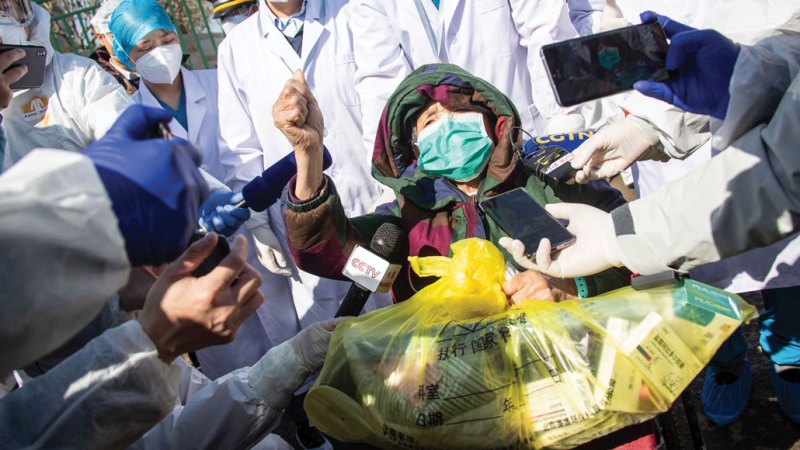
Work on similar viruses is giving researchers clues on how to begin developing drugs against the new disease.
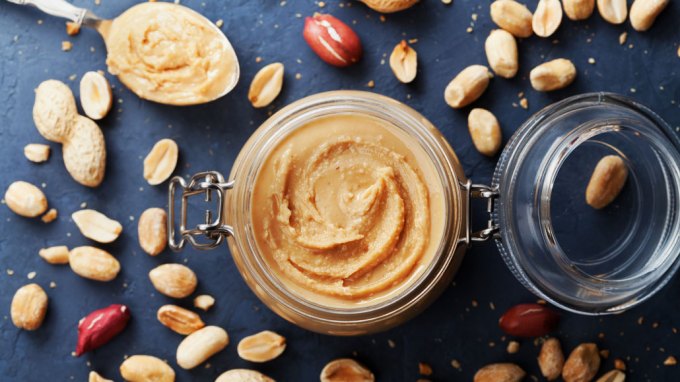
A study finds loads of allergy-inducing cells in the stomachs and intestines of adults allergic to peanuts, but few in people without the condition.
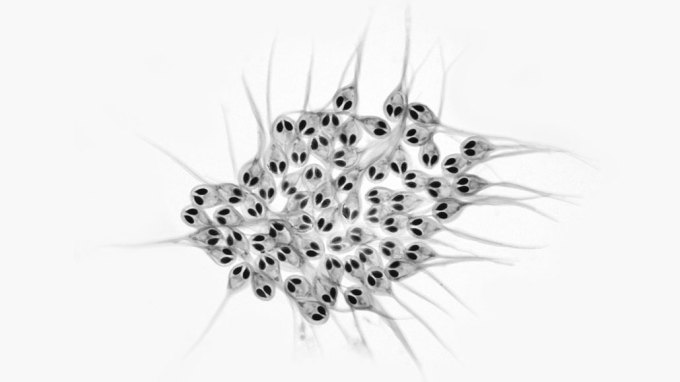
A tiny creature that parasitizes salmon is the first known multicellular eukaryote without a mitochondrial genome, a hallmark of complex life.
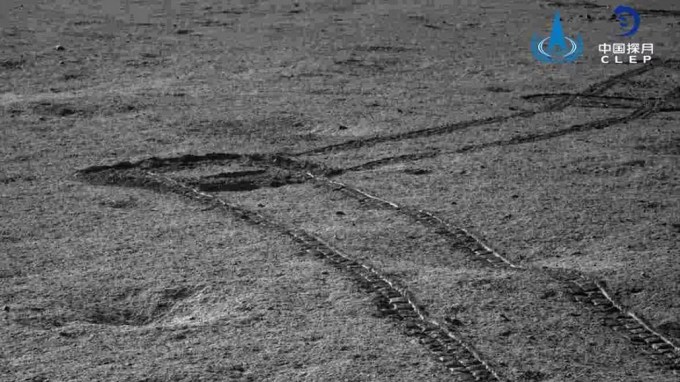
China’s Yutu-2 rover found layers of fine sand and coarse gravel under the surface of the moon’s farside.
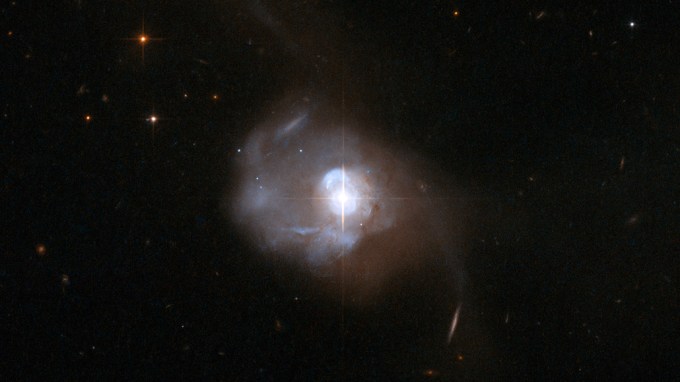
Astronomers have detected molecular oxygen in another galaxy for the first time. The discovery is only the third sighting beyond our solar system.
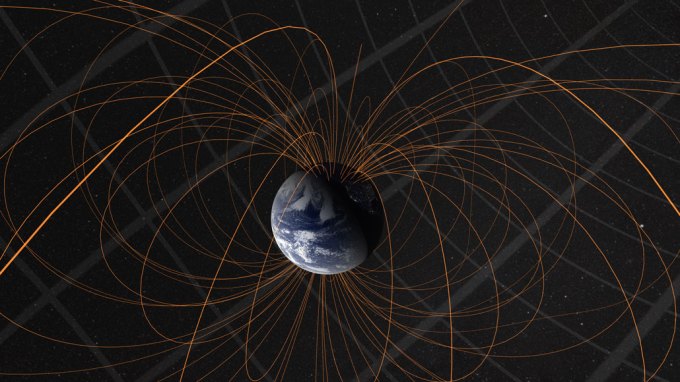
Computer simulations of molten silicate under extreme temperatures and pressures may have just filled in a gap in the history of Earth’s magnetism.

A study estimates 4 percent in annual global GDP losses by 2100 due to sea level rise, unless people curb emissions and prepare for flood risks.

A number that sets the strength of electromagnetic interactions isn’t altered by the extreme gravity around the Milky Way’s supermassive black hole.

Annual water flow in the Colorado River decreased by over 11 percent due to warming in the 20th century, a new study estimates.

Two phase III clinical trials suggest that a once-a-month injection of antiretroviral drugs treats HIV just as well as daily pill regimes.
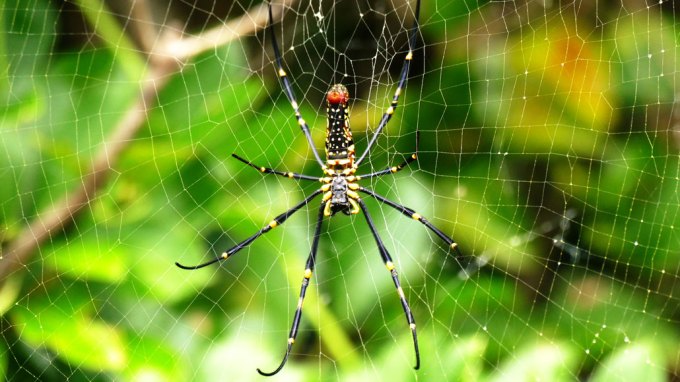
Experiments with cardboard arachnids suggest that orb weaver spiders have evolved yellow colorations on their undersides to attract bees and moths.

Nonsmoking theaters can still get exposed to cigarette-related pollutants carried in on audience members’ bodies and clothing.
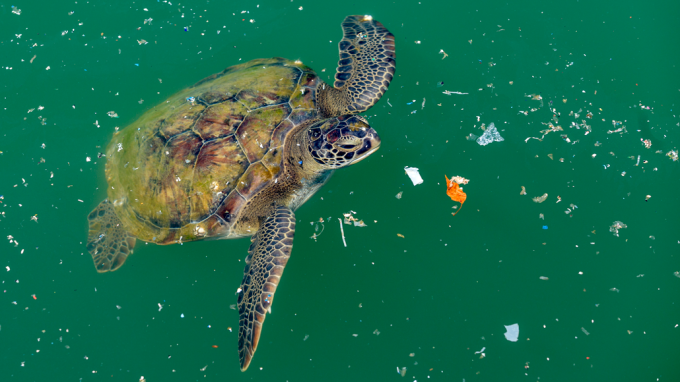
Sea turtles respond to the smell of plastic that’s been in the ocean similarly to food, suggesting the reptiles may end up eating the harmful debris.
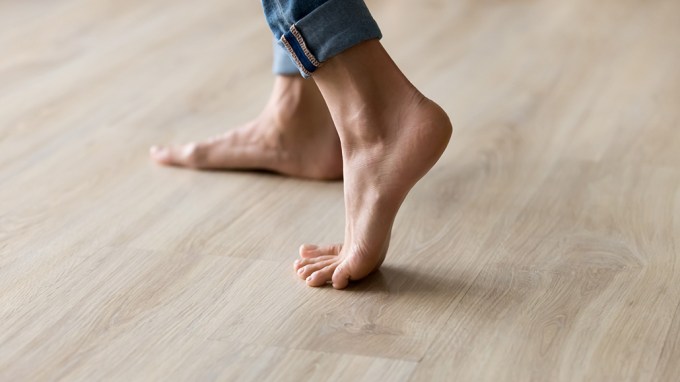
The arch across the foot evolved at least 3.4 million years ago, possibly before the lengthwise arch. Both arches help humans to walk and run.
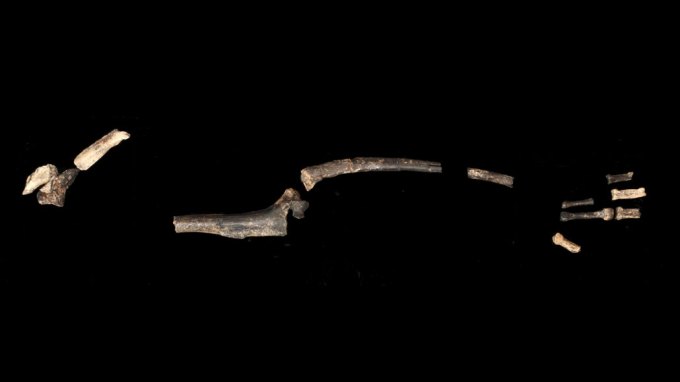
Newly described hand, arm and shoulder fossils suggest that Paranthropus boisei had powerful arms with hands capable of making simple tools.

Travel restrictions in Wuhan and greater China have only modestly impacted the spread of the virus to other countries, researchers say.
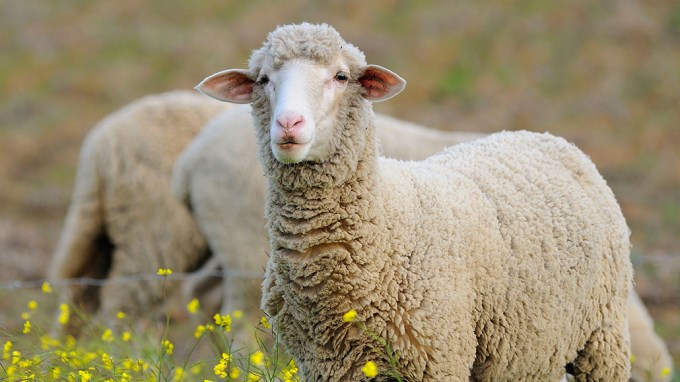
Sleep spindles, thought to help solidify memories in people, may do similar work during wakefulness if these daytime ripples occur in humans.
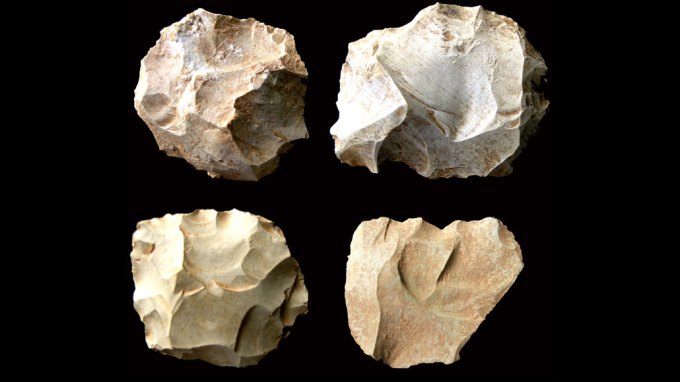
Toolmakers continued to strike sharp-edged flakes as usual after a volcano’s colossal eruption around 74,000 years ago on what’s now Sumatra Island.
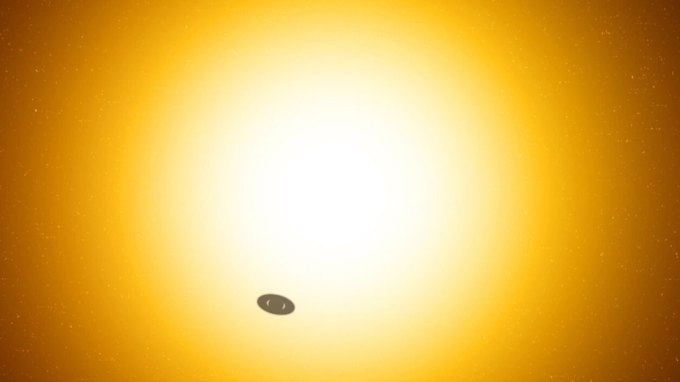
“Superpuff” planets look fluffy and light. But for some of the worlds, the effect could instead be explained by large, rocky rings, a study suggests.

Online shopping isn’t necessarily better for the environment than going to the store in person, a new study finds.
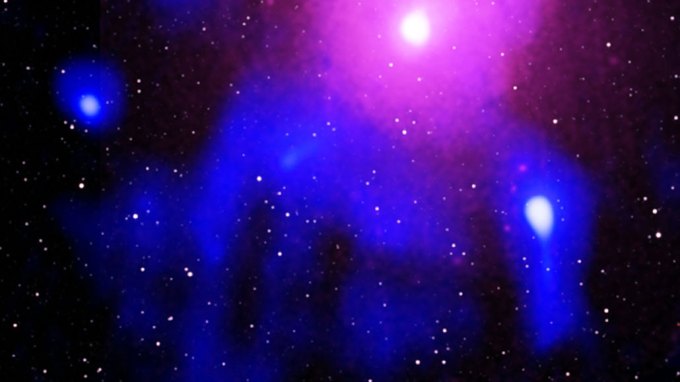
Hundreds of millions of years ago, a black hole blasted out roughly 100 billion times as much energy as the sun is expected to emit in its lifetime.
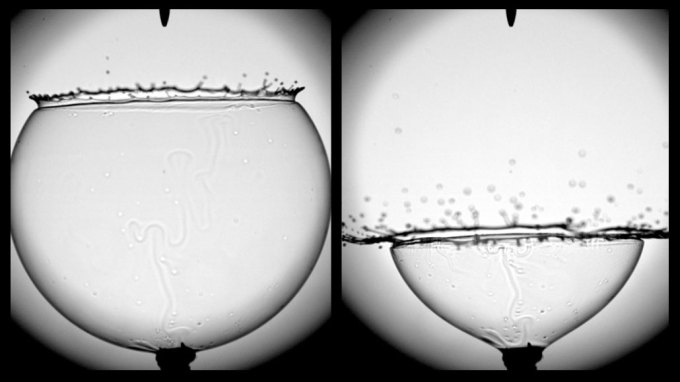
The quiet, high-pitched sound made by a popping soap bubble reveals the forces that occur during the bubble’s demise.
Subscribers, enter your e-mail address to access the digital replica edition.